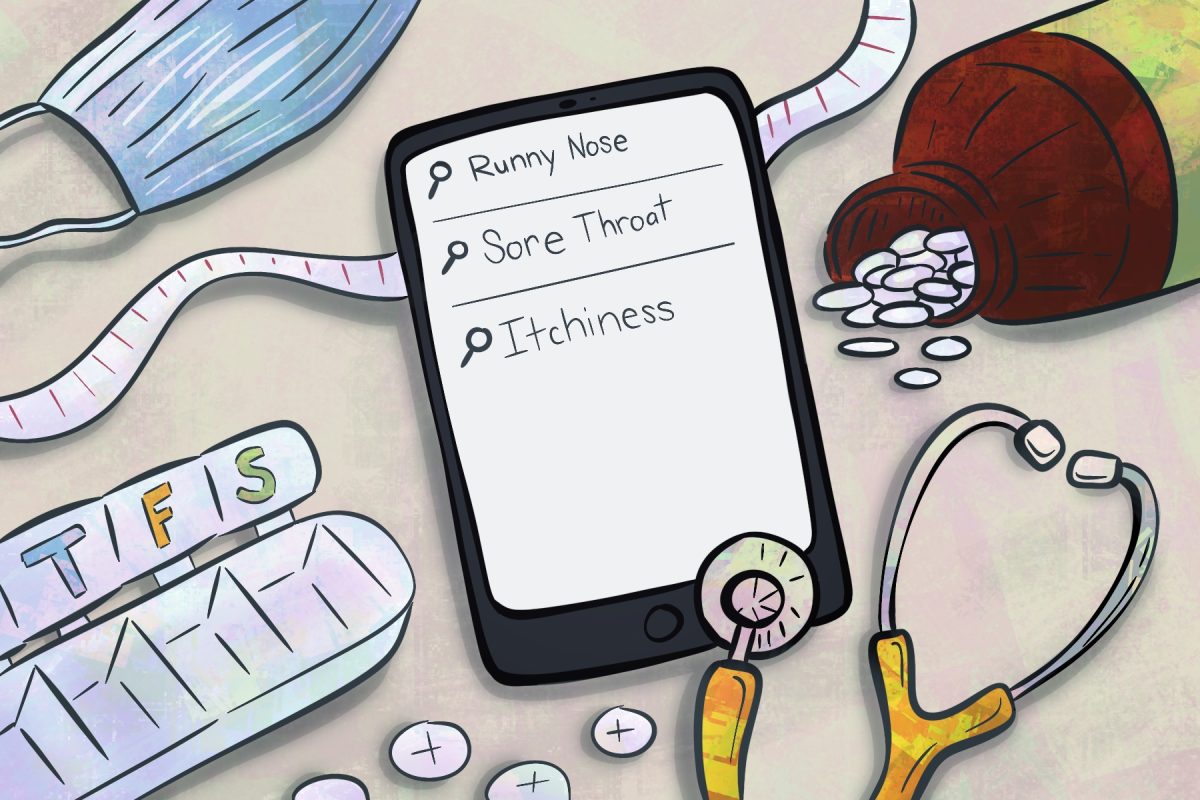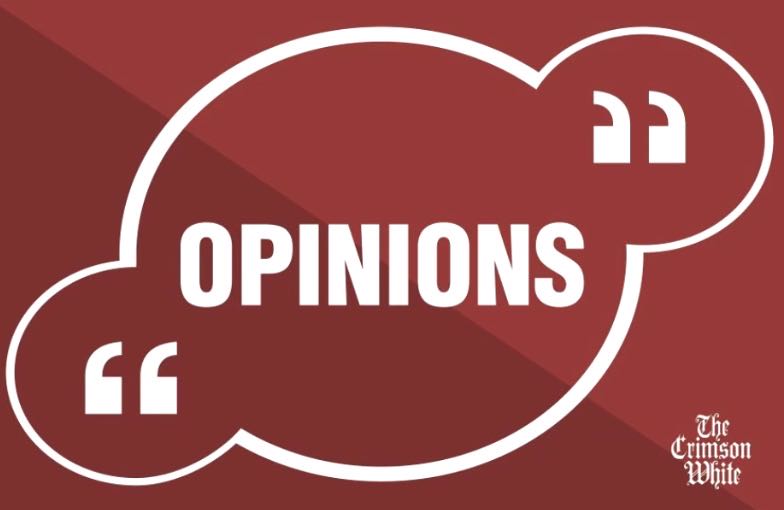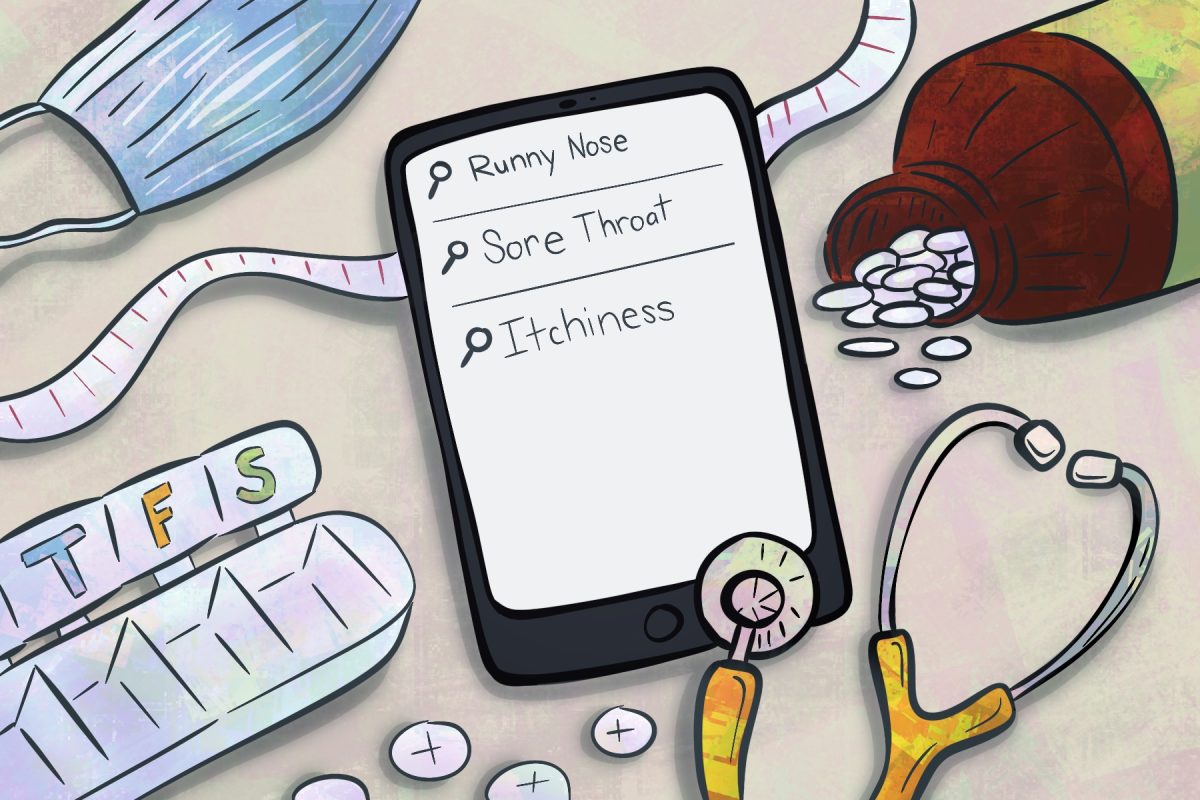As the midterm elections come ever closer, consuming cable TV and online news, almost all candidates are looking to prove why their plans for economic growth will lead the U.S. out of its three-year rut.
If they wish to confirm future employment on Nov. 2, you can bet they have conjured such a plan.
Democrats claim the economy is recovering from the “eight years of failed policies” that tormented our nation, stretching the phrase as long as they can to avoid debating the issues that plague the stagnant economy. Do we need eight years of the Democrats’ economic policy before we can ask, “Where’s the growth?”
Republicans attack spending, vowing to cut it, as they claim the current administration has infected the U.S. economy with hole-in-pocket disease. They employ selective memory to forget the sharp increases in spending and debt during the 2000s.
We’ve heard it so many times before. The left side of the aisle calls on the new Health Care plan and “taxing the rich” to cut the deficit, and the right side just wants to shrink government and tax rates.
Yet, the deficit grows on and the national debt grows like a time lapse YouTube skyscraper construction video. Federal spending has doubled from fiscal year 2001 to fiscal year 2011. All of this new spending with no accommodation of real and lasting growth. Who has the answer?
Some of today’s mainstream economists, including the most famous Keynesian of the times, Paul Krugman, say we may need another World War II to pull us out of the economic rut we face. A massive fiscal expansion will do it, Krugman tells us.
I guess the $1 trillion plus over the past nine years in Iraq and Afghanistan was not supple. Obviously, the $787 billion of February 2009’s stimulus package didn’t do it either. At least unemployment figures don’t think so.
We see entitlement spending at all time highs. No help from them either. Matter of fact, the government broke our promises to seniors, looted Social Security and partnered up with Big Pharma and Big Insurance to insure the ample lining of their pockets.
Now we are looking at more ways to fund these programs, with less leeway, as tax increases are unpopular and will hurt the economy. Where can we go now?
In the early 1990s, Canada had a government that accounted for 53 percent of the national Gross Domestic Product. The Canadian government then cut spending and adopted pro-market ideals. Canada would match GDP growth rates of the U.S. for the next decade. Canadian growth could be partially gauged by the expectation of government spending changes.
West Germany, suffering from the horrors and destruction of World War II, did away with useless regulation and price controls and saw what economists saw as “miracle” growth in the 1950s.
The Dutch became an economic power in the 17th century through low taxes, property rights and skilled work forces. We remember those times in American don’t we? The openness of the republic led to Amsterdam becoming a massive financial center.
Hong Kong and Singapore did not become economic growth models through massive government spending projects — they emulated West Germany’s pro-market and low tax policies. Ludwig Erhard, the West German leader at the time, said so himself.
We have done the same here in America. We saw a massive economic downturn coming in 1921, so we cut spending, lowered taxes and kept government out of the way. Then the next year we saw a 10 percent drop in unemployment.
So let the American people spend their own money how they wish to in a free market, and trust in their innovation and resourcefulness. Central planning has failed us over and over again. Not a so-called free market like that of Herbert Hoover, the father of the Reconstruction Finance Corporation, or 1930’s TARP.
Not a free market where income from productivity is used to build 130 military bases around the world, or line the pockets of cronies in banking and insurance. A free market where people can allocate capital in ways they wish to.
John Anselmo is a senior majoring in economics.








